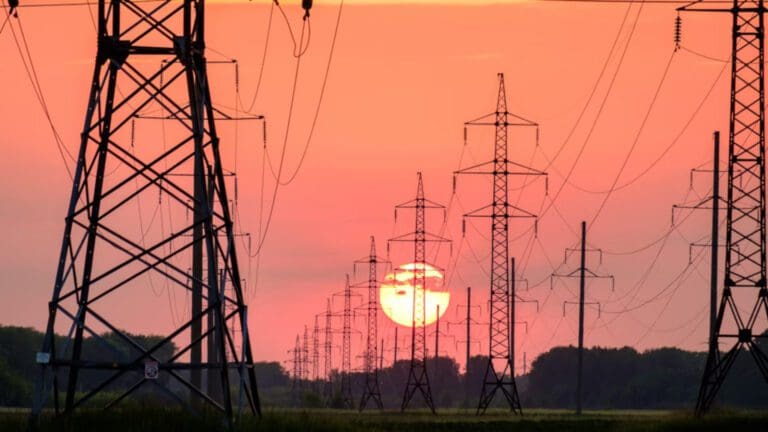A Senate committee is poised to approve legislation that would protect the Texas electric grid from an electromagnetic pulse and other threats.
State Sen. Bob Hall’s (R–Edgewood) Senate Bill 330 was considered during a meeting of the Senate Business and Commerce Committee this week. The bill, designed to protect the state’s electric grid, currently has 16 joint authors and nine co-authors.
It’s Hall’s fifth attempt at passing the bill since entering the Legislature, and committee chairman Charles Schwertner (R–Georgetown) acknowledged that “it’s getting more and more popularity and notoriety, for sure.”
Last session, a similar version of the bill passed the Senate 30-0 but died in the House State Affairs Committee.
According to Hall’s analysis, his bill would “harden” the state’s electric grid and 16 critical infrastructure systems against a “wide range of both natural and man-made existential threats, including cyber-attacks, malware, electromagnetic pulses (EMP) and geomagnetic disturbances (GMD).” These events, Hall explains, have the potential to disrupt or shut down the entire grid, jeopardizing the lives of countless Texans.
“Electricity is the second most important thing for sustaining life as we now know it and impacts almost every aspect of our modern life: healthcare, transportation, banking, sanitation, water, and food,” argues Hall. To illustrate this point, Hall explained that during Winter Storm Uri in February 2021, many people lost access to water because the pumps at the distribution plants did not have power.
State Sen. José Menéndez (D–San Antonio), one of the bill’s co-authors and a member of the committee, mentioned the widely reported statistic that Texas was 4 minutes and 37 seconds away from a “total collapse” of its electric grid, which would have required months to restart since it is independent from the rest of the nation’s power grid.
During the storm, the state lost 48.6 percent of its power generation capacity, resulting in the loss of power to more than 4.5 million homes and contributing to an estimated $295 billion in property damage and the deaths of hundreds of people.
Hall said his bill would “make sure that we have things protected so that we don’t lose the capacity in order to keep the grid online.”
According to the U.S. Department of Homeland Security, an electromagnetic pulse is “a burst of electromagnetic energy produced by a nuclear explosion in the atmosphere, considered capable of widespread damage to power lines, telecommunications, and electronic equipment.” The effects of an EMP were observed during initial tests of the atomic bomb in 1945 and in further tests by Britain, the United States, and the Soviet Union during the Cold War.
Experts believe an adversary of the United States could try to cripple the country with an EMP, especially since so many modern electronics rely on solid-state semiconductors, which are particularly susceptible to damage from excessive electric current.
A geomagnetic disturbance (GMD) triggered by the emission of solar particles that interact with the earth’s magnetic field could have similar effects to an EMP. A large-scale GMD was observed in 1859, when telegraph systems in North America and Europe failed en masse and auroras were observed around the world.
A number of witnesses testified for the bill, including Michael Mabee of the Secure the Grid Coalition and Tom Glass of Protect the Texas Grid.
Senate Bill 330 was left pending at the conclusion of the hearing.





